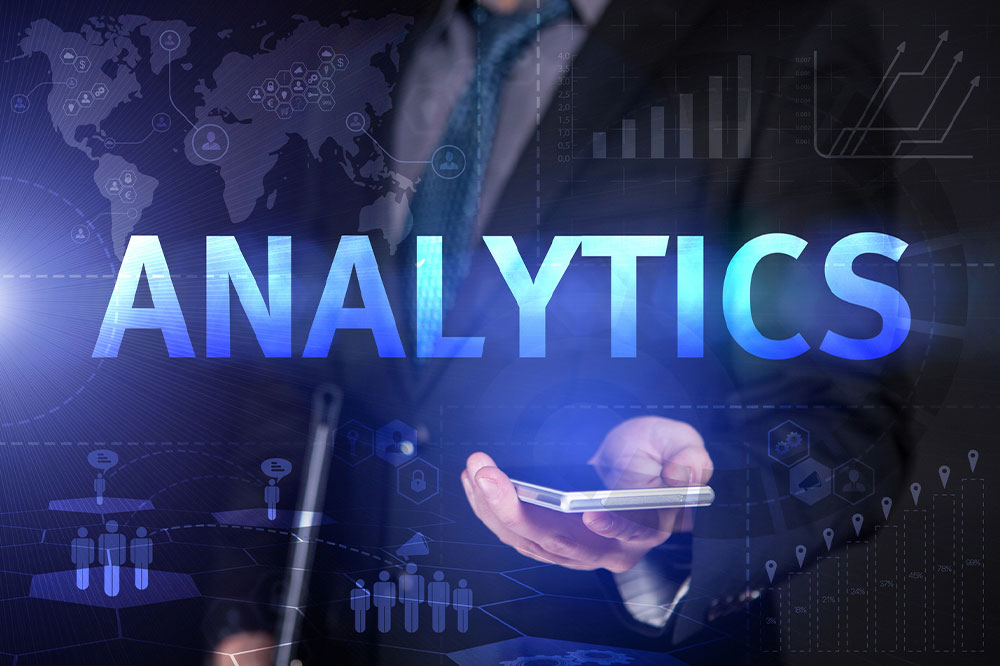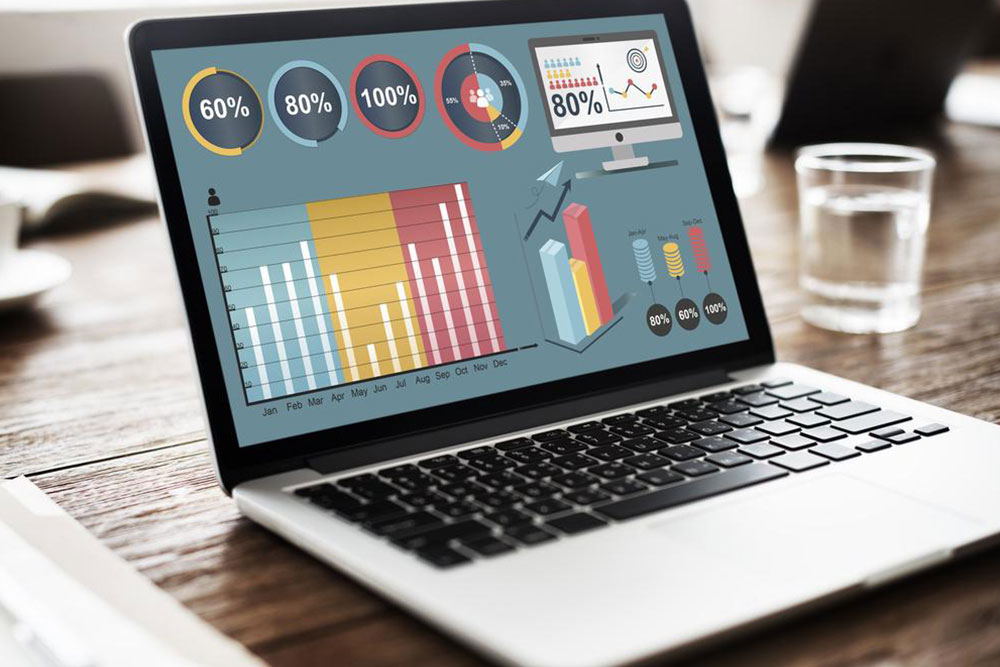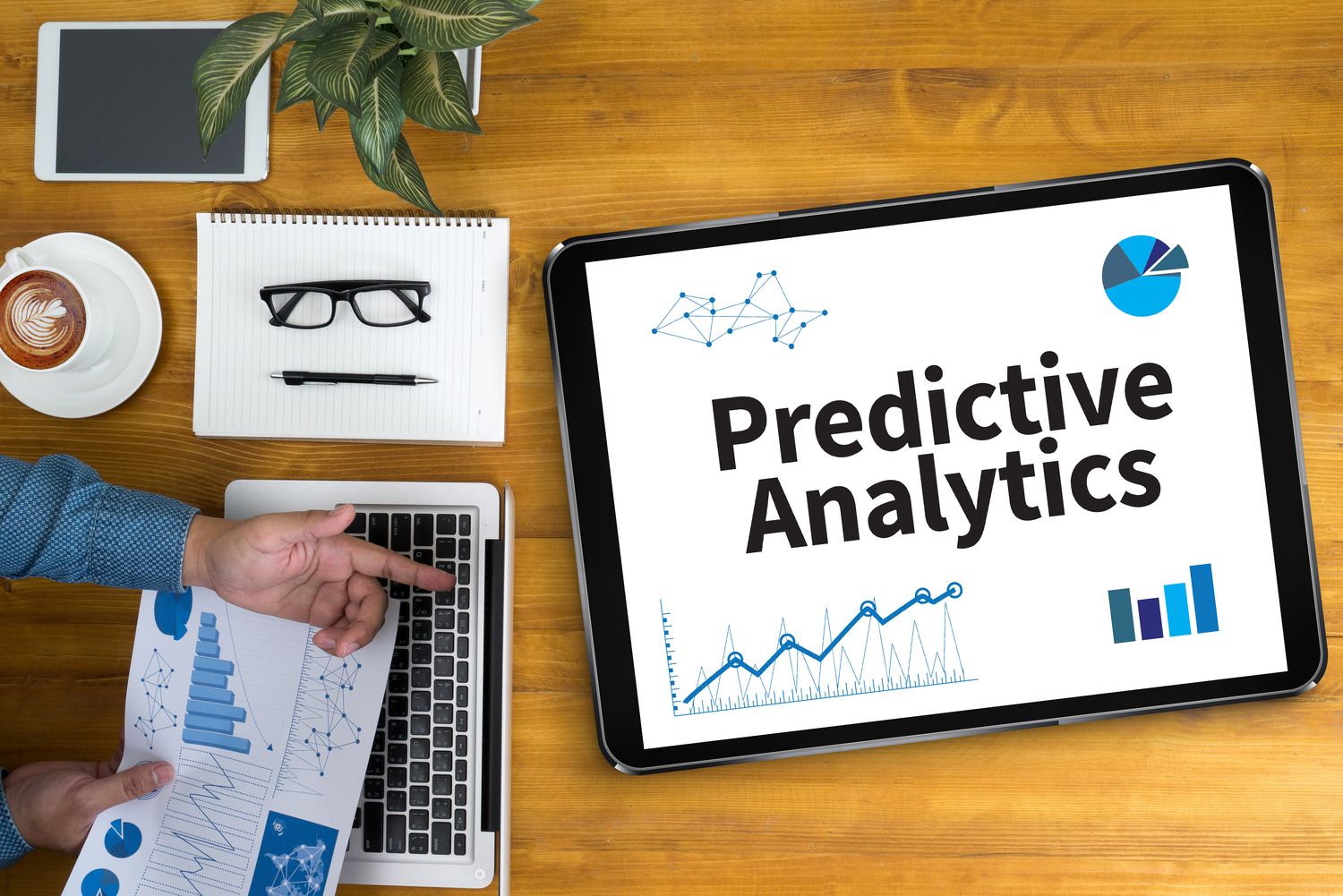Understanding the Power of Predictive Analytics
Discover how predictive analytics harnesses data to forecast future trends, aiding businesses in decision-making, risk assessment, and strategic planning. Major providers like SAS, IBM, and Microsoft empower organizations to utilize this technology across various industries, enhancing efficiency and predictive accuracy for better outcomes.

Understanding the Power of Predictive Analytics
Predictive analytics involves analyzing existing data to identify patterns and forecast future trends. While it doesn’t predict the exact future, it provides highly probable scenarios to help mitigate risks and make informed decisions. Businesses utilize this technology to study historical and current information, deepening their understanding of customers, products, and partners. This enables them to proactively address challenges and seize opportunities. Essentially, predictive analytics supports data-driven decision-making by revealing relationships between variables based on past events.
By examining customer behavior, companies can anticipate future actions. For example, retailers analyze loyal customer purchase patterns to determine appropriate discounts, while financial institutions assess credit history to predict the likelihood of timely payments.
Major providers like SAS, IBM, and Microsoft offer predictive analytics tools. These solutions can be deployed locally or in the cloud, utilizing advanced statistical techniques, algorithms, and analytics queries to generate models that assign probabilities to potential events. Use cases include targeted advertising, fraud prevention, early detection of health issues, and machinery failure prediction.
How Predictive Analytics Functions
The process begins with defining project goals, scope, and data sources, pulling together information from various origins for analysis. The data is then cleaned, segmented, and modeled using statistical methods to test hypotheses. Predictive models are built to forecast future outcomes, and these insights inform decision-making to achieve desired results.
Types of Predictive Models
Models are monitored regularly to ensure performance.
Predictive Models
These models analyze relationships between a single performance metric and various attributes within a sample. They predict how similar units outside the sample might perform based on known characteristics, using training data with complete information.
Descriptive Models
Used for segmenting prospects and understanding relationships within data, these models help identify patterns and predict behaviors across large groups.
Decision-Making Models
These models explore the relationships among decision elements and forecast outcomes, optimizing results by guiding logical actions tailored to specific situations.
Industries Utilizing Predictive Analytics
This technology has seen widespread adoption in marketing, finance, insurance, healthcare, retail, and manufacturing. Key applications include underwriting, risk management, fraud detection, marketing strategies, customer retention, cross-selling, collection processes, clinical support, child protection, and customer relationship management. The success of predictive analytics indicates its capability to enhance decision-making, improve efficiency, and drive future growth.
Note:
Our blog offers diverse insights and practical information across multiple sectors. While our research provides valuable guidance, readers should consider it as supplementary information and verify data through additional sources. The site disclaims responsibility for inaccuracies or missing promotional offers that may be available elsewhere.










